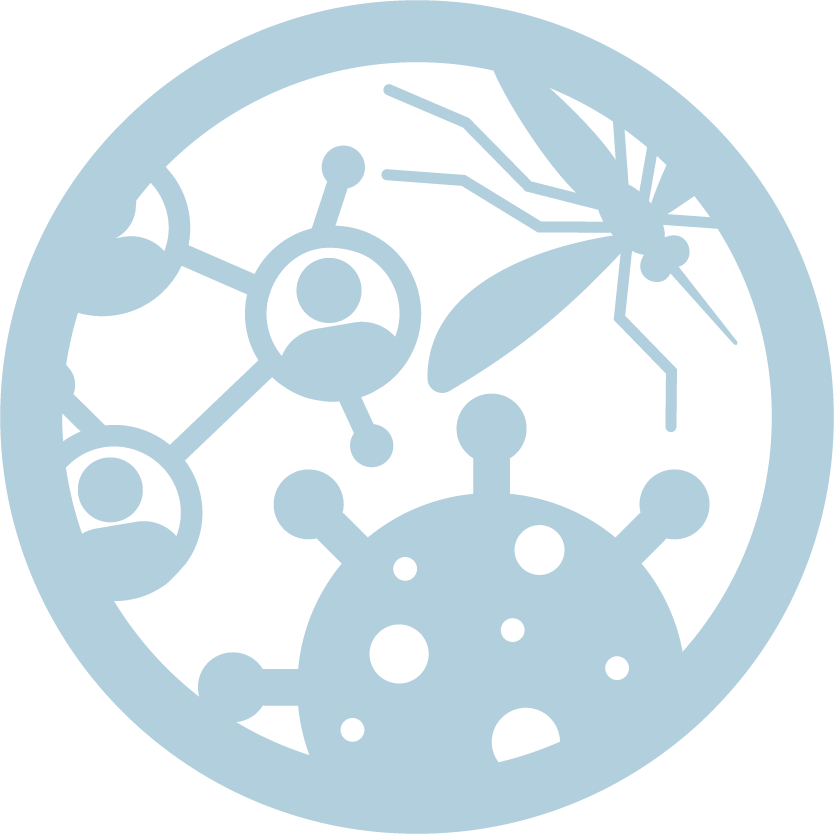Bird Flu
Avian influenza, or bird flu, is caused by an influenza type A virus which can infect domestic poultry (such as chickens, turkeys and ducks), wild birds and other animal species. Bird flu viruses do not normally infect humans, although there have been some rare cases. Infected birds shed virus through their saliva, mucous and feces. Human infections can happen if the virus then gets into a person’s eyes, nose or mouth, or is breathed in.
Infographic: How Infected Backyard Poultry Could Spread Bird Flu to People
Avian Influenza in Wyoming
Map of Highly Pathogenic Avian Influenza (HPAI) Cases Detected in Animals in Wyoming
Symptoms of Avian Influenza A Virus Infection in Humans
Infections in humans can range from no symptoms to mild illness to severe (such as pneumonia requiring hospitalization). Less common symptoms include diarrhea, nausea, vomiting or seizures.
Signs and Symptoms
- Fever (>100 F)
- Chills
- Cough
- Sore Throat
- Runny or Stuffy Nose
- Sneezing
- Shortness of Breath
- Eye Redness or Irritation
- Fatigue
- Headaches
- Muscle or Body Aches
- Rash
Detecting Avian Influenza A Virus Infection in Humans
Laboratory testing is needed to diagnose bird flu infection in people. If you have been in contact with sick or dead birds and have symptoms consistent with bird flu virus infection, immediately contact your state or local health department.
Resources for Backyard Flock Owners
Contact the Wyoming Livestock Board (WLSB) with any sick or sudden onset of dead domestic poultry or waterfowl: 307-777-8270 or 307-777-6440
USDA APHIS Defend the Flock Program
CDC: Backyard Flock Owners / Steps to Protect Yourself from Bird Flu

